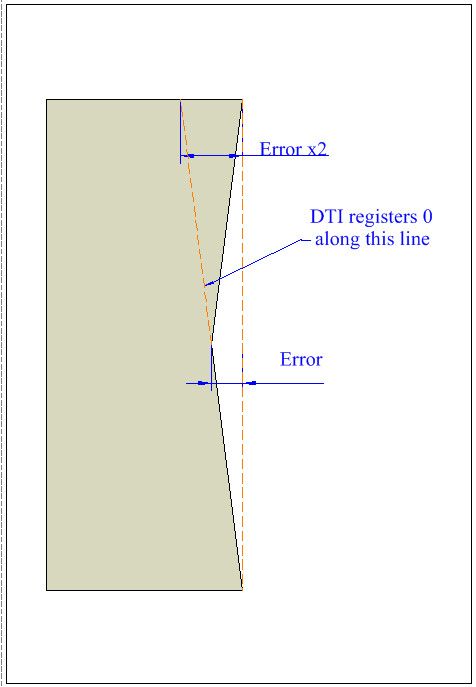Lathe facing convex or concave
Lathe facing convex or concave
- This topic has 106 replies, 36 voices, and was last updated 18 March 2017 at 21:19 by
Phil Whitley.
- Please log in to reply to this topic. Registering is free and easy using the links on the menu at the top of this page.
Latest Replies
Viewing 25 topics - 1 through 25 (of 25 total)
-
- Topic
- Voices
- Last Post
Viewing 25 topics - 1 through 25 (of 25 total)
Latest Issue
Newsletter Sign-up
Latest Replies
- Selling an Expensive Item
- Building Bernard Tekippe’s Precision Regulator
- Fitting DRO to Myford VME mill.
- moving 150kg+ machines inside warehouse
- Lathe floor height?
- Bending EN24t
- Bassett Lowke “Eclipse”
- Museum of Science and Technology of Catalonia
- Boiler Examinations: 7-yearly External Query
- Lantern Pinion





